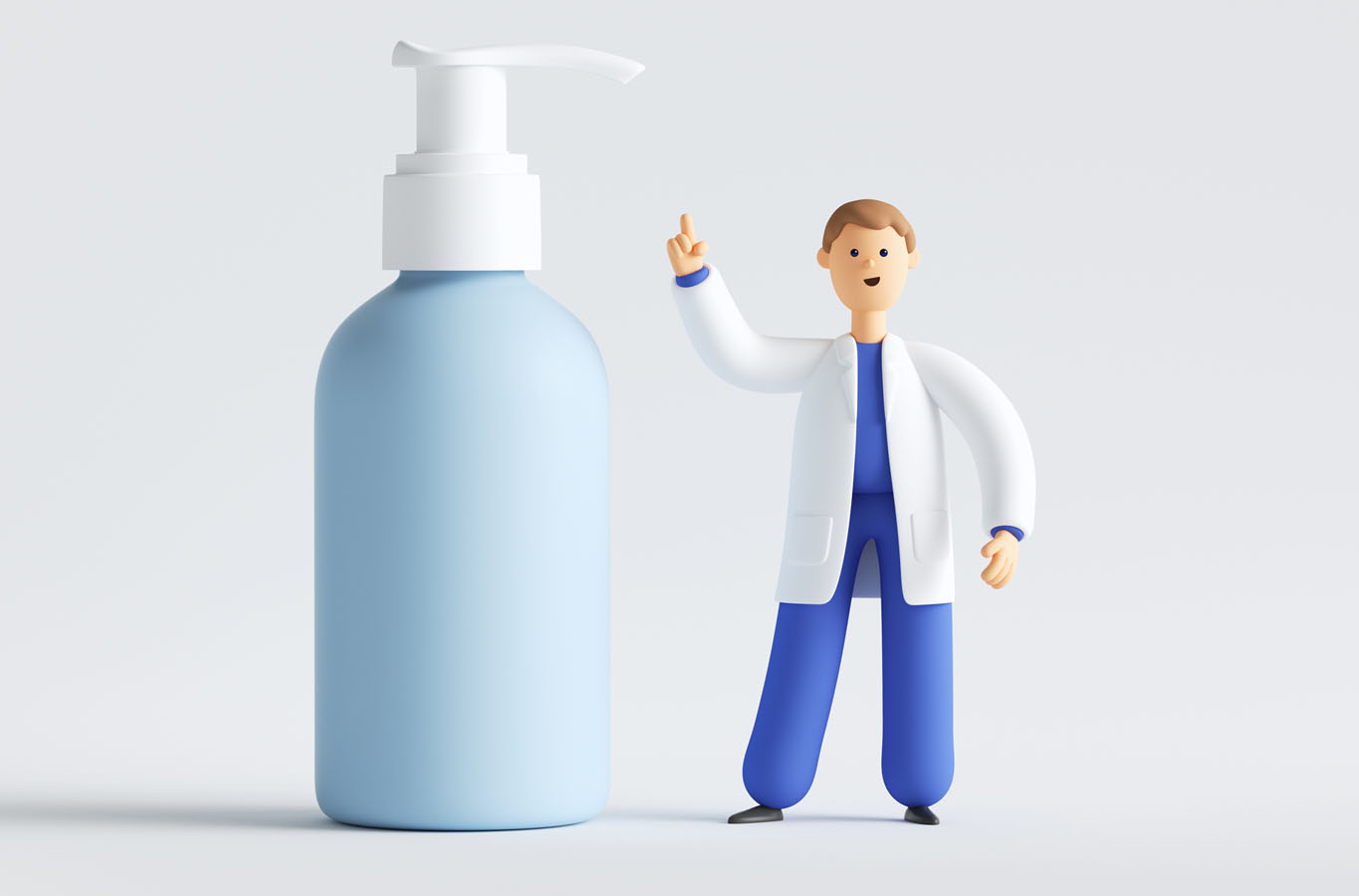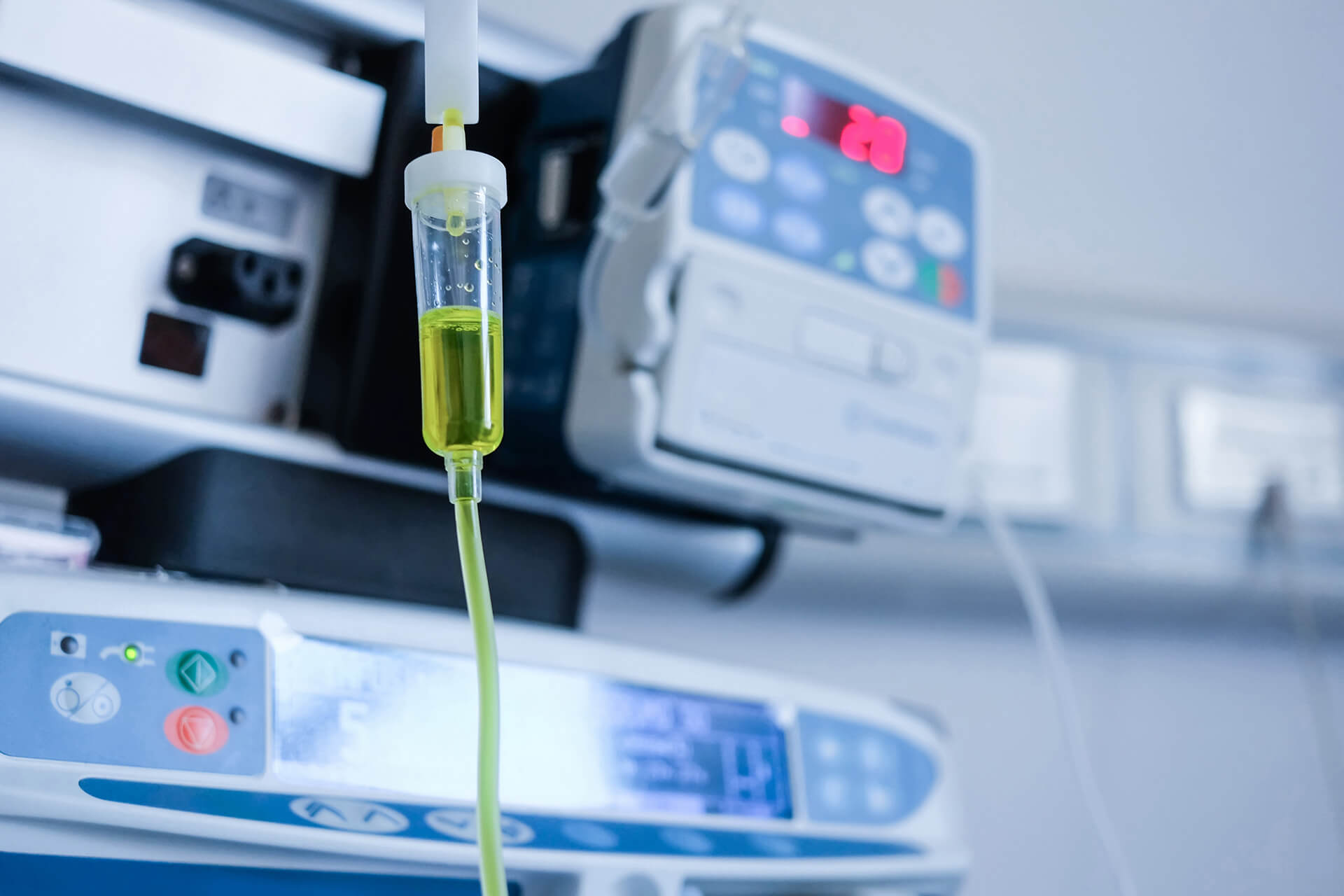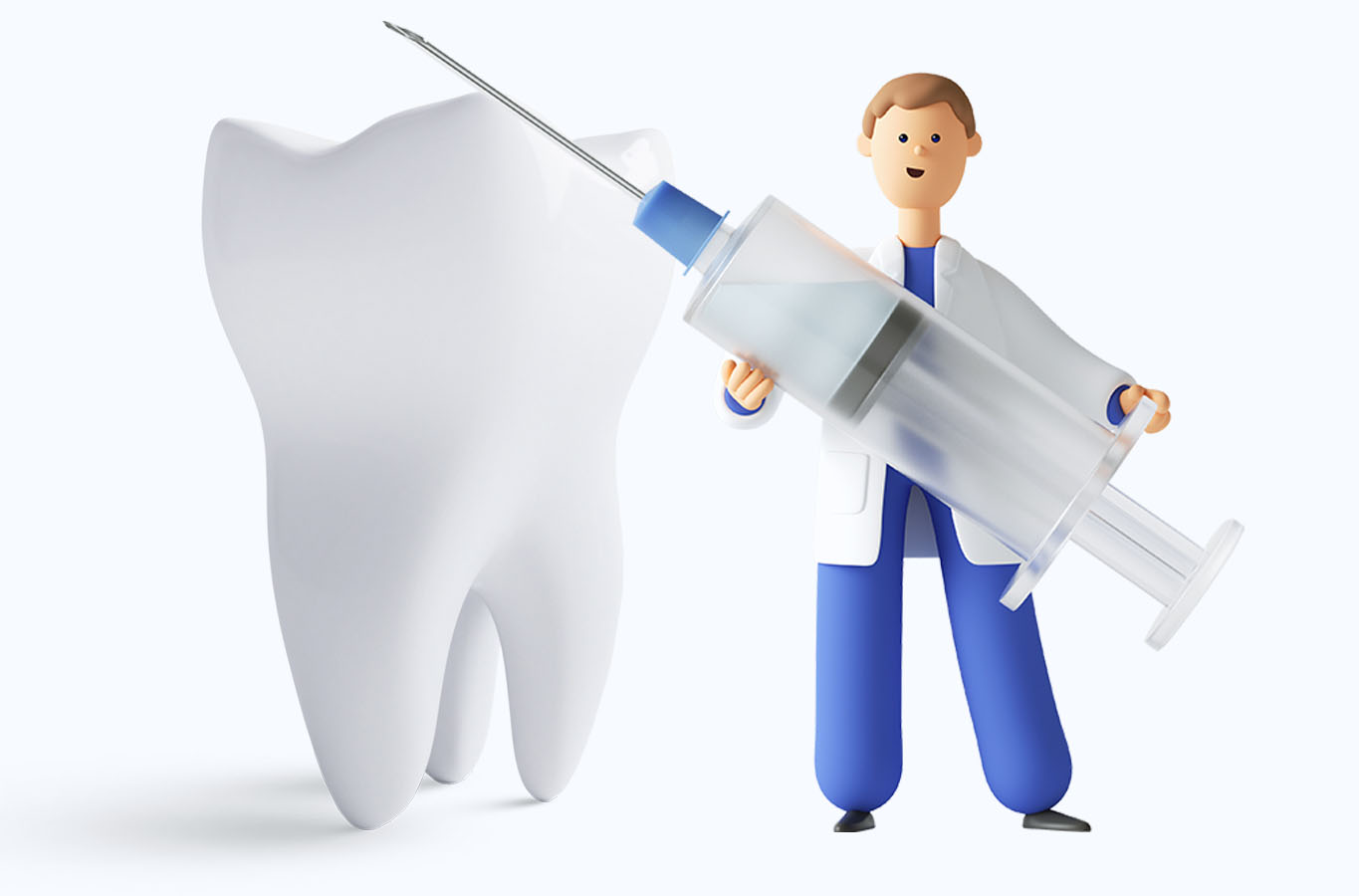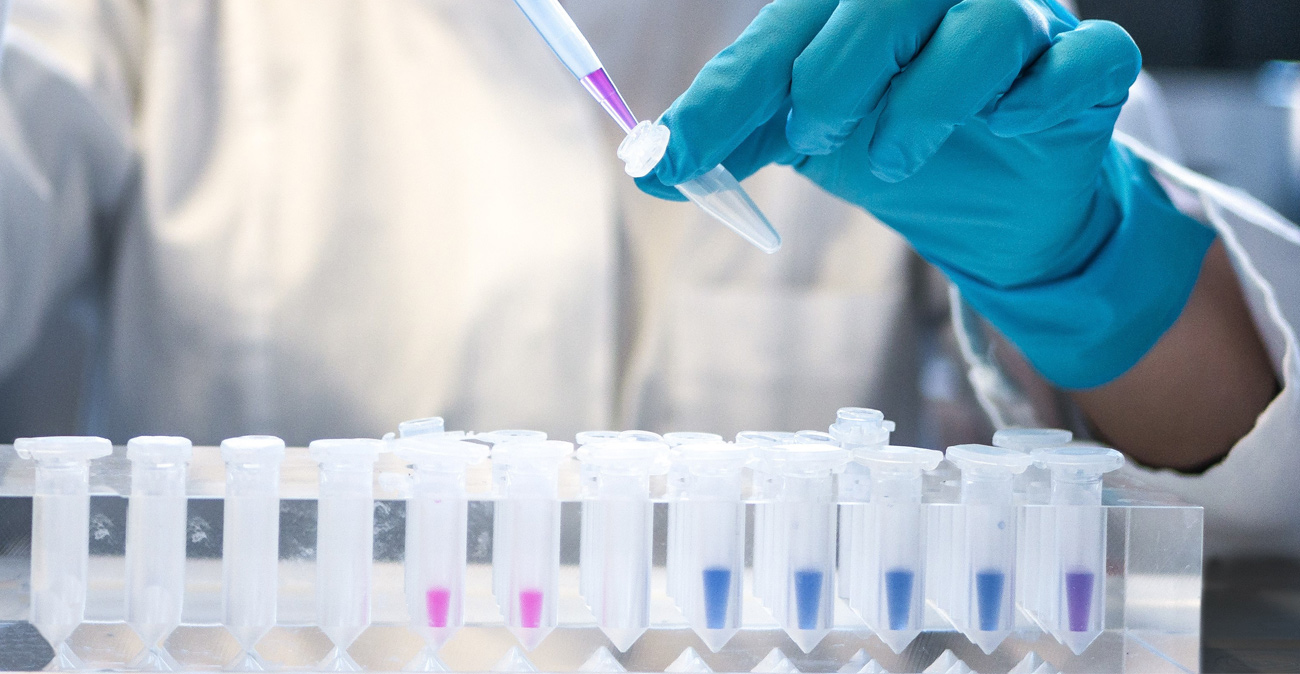
Potency Testing Overview
Potency is defined as “the specific ability or capacity of the product, as indicated by appropriate laboratory tests or by adequately controlled clinical data obtained through the administration of the product in the manner intended, to effect a given result.” (21 CFR 600.3(s)). Strength6 is defined as “[t]he potency, that is, the therapeutic activity of the drug product as indicated by appropriate laboratory tests or by adequately developed and controlled clinical data. . . .” (21 CFR 210.3(b)(16)). Regulations require that “[t]ests for potency shall consist of either in vitro or in vivo tests, or both, which have been specifically designed for each product so as to indicate its potency in a manner adequate to satisfy the interpretation of potency given by the definition in § 600.3(s) of this chapter.” (21 CFR 610.10).
Potency tests, along with a number of other tests, are performed as part of product conformance testing,7 comparability studies (Ref. 3), and stability testing (Ref. 4). These tests are used to measure product attributes associated with product quality and manufacturing controls, and are performed to assure identity, purity, strength (potency), and stability of products used during all phases of clinical study. Similarly, potency measurements are used to demonstrate that only product lots that meet defined specifications or acceptance criteria are administered during all phases of clinical investigation and following market approval.
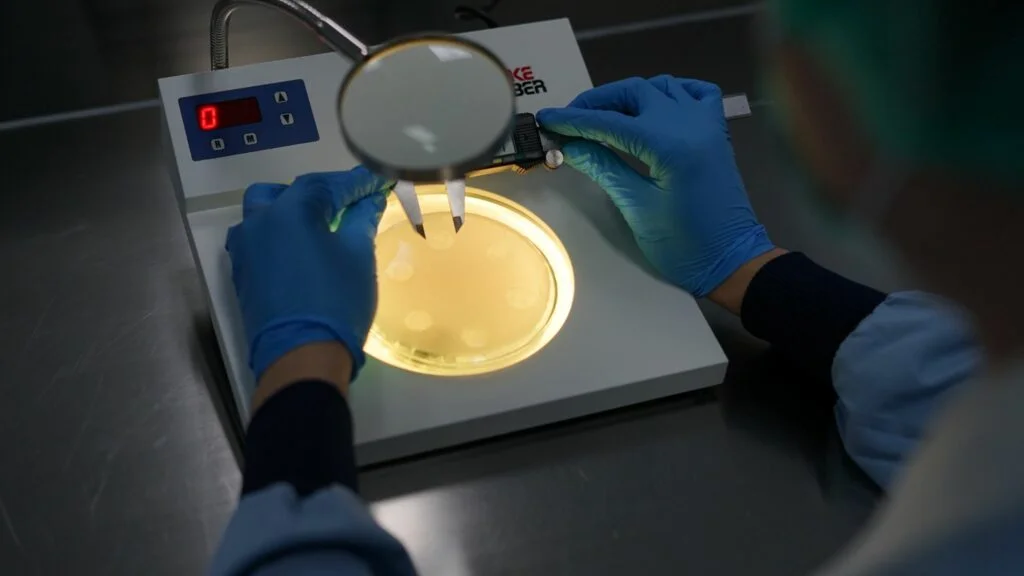
Potency testing involves comparison of a product’s biological activity to that of a reference preparation and cell-based potency assays are central tools used to measure drug efficacy during potency testing. They allow scientists to see how a particular dose of a drug will react in a given biological system.
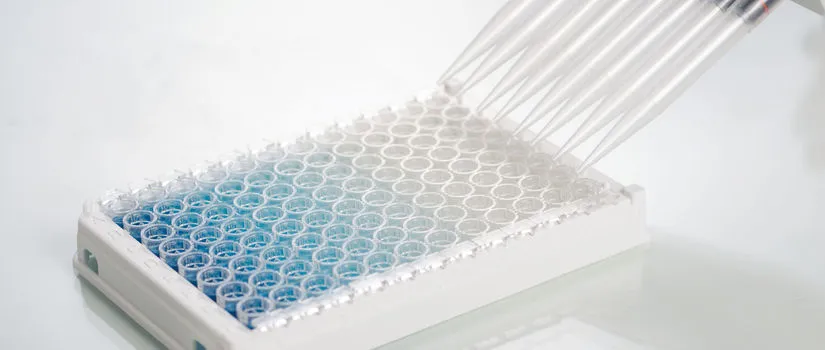
Potency Testing Benefits and Requirements
Potency testing measures the concentration of the active pharmaceutical ingredient (API). This essential test ensures the API concentration matches its intended amount and provides value-added benefits to pharmacies including:
- Supports product compliance checks.
- Establishes compounding process controls.
- Confirms the preparation is accurate and precise.
- Ensures filter sterilization doesn’t bind drug therefore reducing the drug potency.
- Provides documentation references for regulatory audits and patient questions.
- Supports sales tools demonstrating a dedication to quality.
Potency testing is recommended to ensure compounded drug products meet quality standards and assures that compounded drug products meet the FDA safety requirements and have the identity and strength characteristics that the drugs claim to possess.
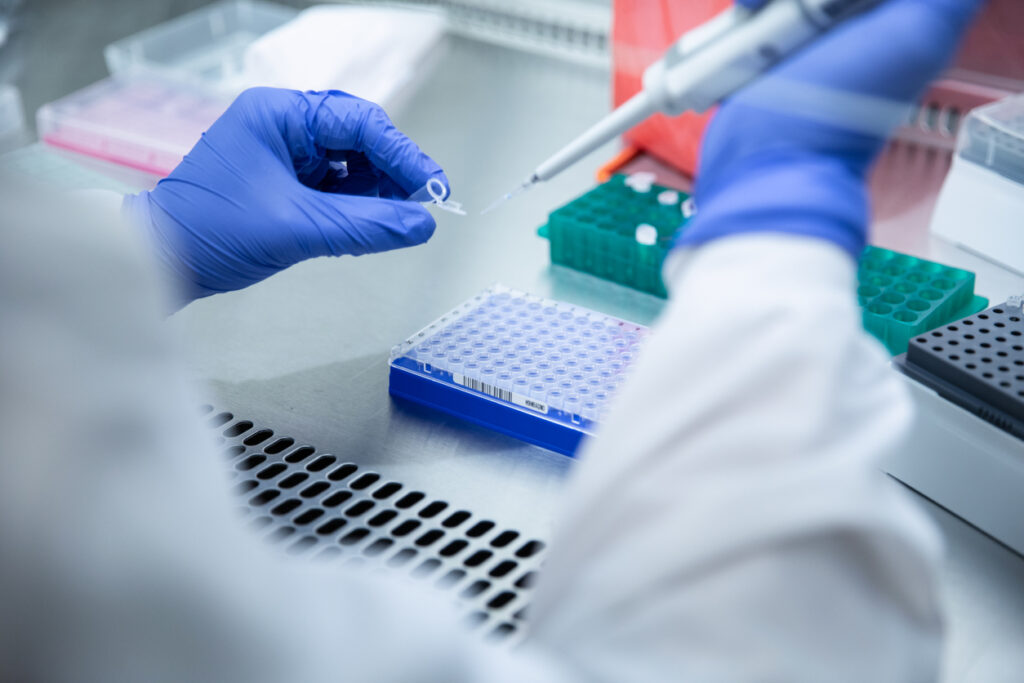
Potency Testing Requirements
United States Pharmacopeia (USP <797> and <795>)
USP <797> and <795> requires compounding pharmacies to:
- Certify that labels of drug products include correct names and concentrations of ingredients, total volume, beyond use date, appropriate route of administration, dosage form, storage conditions, and other information for safe use.
- Compare compound record to original prescription for correct identities, purities, and amounts.
- Verify correct fill volumes and correct number of units were obtained.
- Drug products may be recalled for an assortment of reasons including safety, mislabeling, contamination, and deviations in strength or potency.
Food and Drug Administration (FDA) 503B Outsourcing Facilities
Refer to the Current Good Manufacturing Practice—Guidance for Human Drug Compounding Outsourcing Facilities Under Section 503B of the FD&C Act Guidance document.
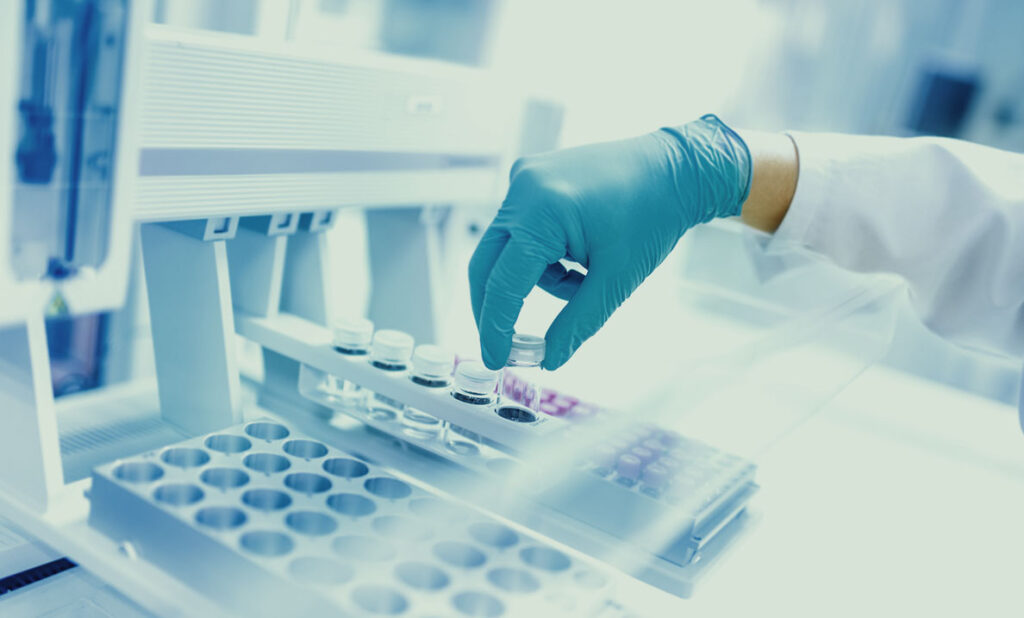
Reference Documents:
- United States Pharmacopeia <797>
- United States Pharmacopeia <795>
- FDA Current Good Manufacturing Practice — Interim Guidance for Human Drug Compounding Outsourcing Facilities
- Kupiec, T. “Quality Control Analytical Methods: High Performance Liquid Chromatography”. International Journal of Pharmaceutical Compounding. Vol. 8, No. 3. May/June 2004 p. 223-227
- Kupiec, T. “Chemical Testing Aspects of USP Chapter <797> for Compounded Sterile Preparations”. International Journal of Pharmaceutical Compounding. Vol. 9, No. 2. March/April 2005 p. 136-138


